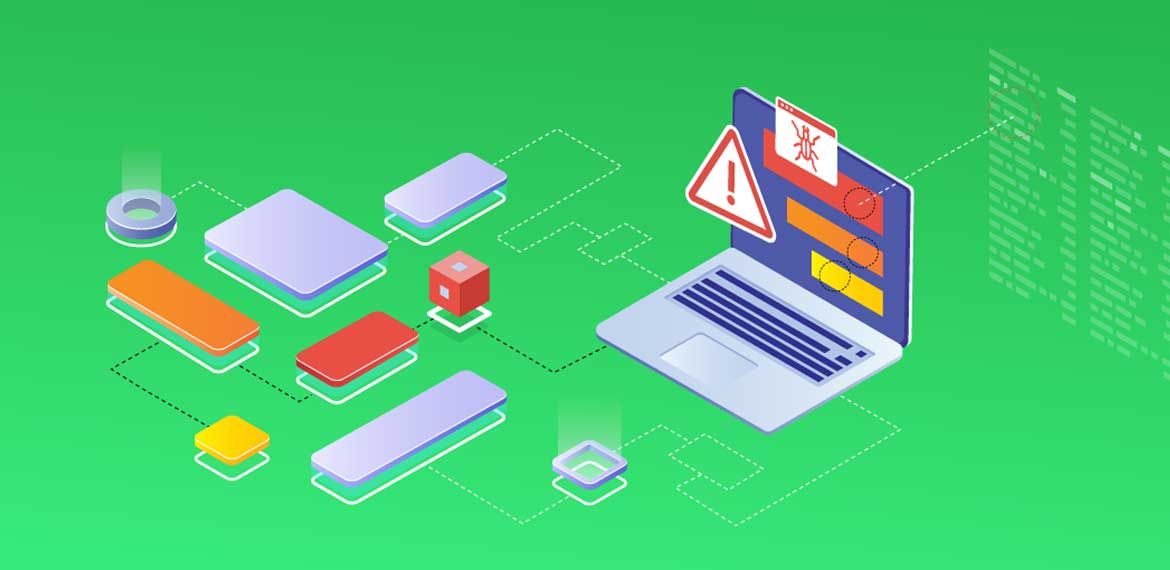
Risk-Based Testing is a strategy that uses defined risk as a means for adequate testing in order to maximize testing goals. This post introduces you to the concept of Risk-Based Testing as well as the purpose and key benefits.
A Quick Guide to Risk-Based Testing: What Is It?
Risk-Based Testing is a testing strategy that follows the principles of Risk Management, but in a testing context.
In software development projects, there is a set of common objectives, including:
● “quality”
● cost control
● time-to-market (i.e. target release/delivery dates)
These goals can be affected by risks coming from different sources (both internal or external,) due to many different factors. In case of negative risks, the risk level will depend on things such as the complexity of the change, the number of impacted users, frequency of usage, likelihood of failure, etc.
Risks can affect the overall quality, including the customer perceived quality.
Quality is a broad word embracing “fit” of the product to customer needs and the many quality attributes which risks may affect. An intrinsic part of quality is ensuring that a product has few bugs (or at least a reduced probability of bugs on important/risky areas).
If testing is performed as a means to find/avoid bugs, RBT can be used as a “mitigation,” or even as an “avoidance” strategy. On the other hand, testing is also about understanding, discovering and providing valuable feedback that can help build “better” features and better products. Therefore, RBT assists in making testing related decisions based on the assessment of risks.
Purpose of Risk-Based Testing
The main purpose of Risk-Based Testing is to use risk management principles for adequate testing. First of all, RBT provides a framework for clear communication and discussion about risks between testers, developers, clients and stakeholders. RBT will help you define terms and agree on a common language, and through this it will make risk visible and actionable for you.
RBT takes into consideration the big picture, as it covers customer needs and also the needs of the development team. It specifically uses risks as the input to support testing activities.
Typically, customers are most concerned about business features, timing, visible quality and costs. On the other hand, the development team has similar concerns; however, it sees quality in a broader scope as it has to maintain and possibly evolve with the product being developed.
Timing and costs need to be managed effectively to be on a budget and avoid delays; however quality must not be hurt and if decisions need to be taken to meet timing/cost criteria, RBT can provide the means to ensure that focus will be given to the features/issues that matter most to customers.
Both customers and the development team want to avoid important defects, so, RBT focuses the testing efforts on what matters most – where we can get the most value from.
Benefits of Risk-Based Testing
● More focus on the customer: RBT will help you test more thoroughly what customers are most concerned with.
● Reduced probability and impact of negative risks: by focusing the testing on higher, negative risks, probability of missing important defects lowers. Therefore the probability assigned to the risk lowers as its corresponding risk level.
● Increased confidence of testing decisions: RBT can help find more important defects first, by focusing testing on higher risks.
● Optimized QA efforts and cost: Risk-Based Testing will help you answer the questions: ”What should we test? ” and “Where should we start?”
● Increased risk level of positive risks: If an opportunity is identified, RBT can be used to provide thorough testing and take advantage of it.
● Make better decisions based on risk: RBT can give you visibility of risks, so you can take a go/no-go decisions “knowing the risk.”
Make Risk-Based Testing Work for You
Risk-Based Testing can be as complex or as simple as you need it to be, since it’s adaptable to different workflows and scenarios including Waterfall, Agile and Hybrid. Whichever route you decide to go, Risk-Based Testing will give you the framework, common language, and indicators to make wise testing decisions.
We hope you enjoyed this Quick Guide to Risk-Based Testing. To learn more about RBT, check out Xray’s Complete Guide to Risk-Based Testing.
Did you know that Xray is a Test Management app with capabilities which support Risk-Based Testing? Find out how to perform Risk Analysis by defining impact, probability and risk-level, as well as how to set-up and configure your Risk-Based Testing strategy using Xray.
——————————————————————————————–

Author: Sergio Freire
My background is electronics and Telco based. Throughout the years I’ve worked in and with teams developing real-time software, web and mobile applications and also complex hardware systems. I’ve worked and interacted with teams in waterfall and Agile contexts.
As a Product Manager for Xray, the top-rated app for test management in Jira, I’ve been responsible for defining the features that will ease the task of quality assurance for teams developing products, no matter if they are software or hardware based.
As head of Solution Architecture, I work closely with many different teams worldwide from distinct yet highly demanding sectors (Automotive, Health, and Telco among others) to help them achieve great, high-quality, testable products. By understanding how organizations work, their needs, context and background, processes and quality can be improved, while development and testing can “merge” and act as a unique team, with a common goal: provide the best product that stakeholders need.